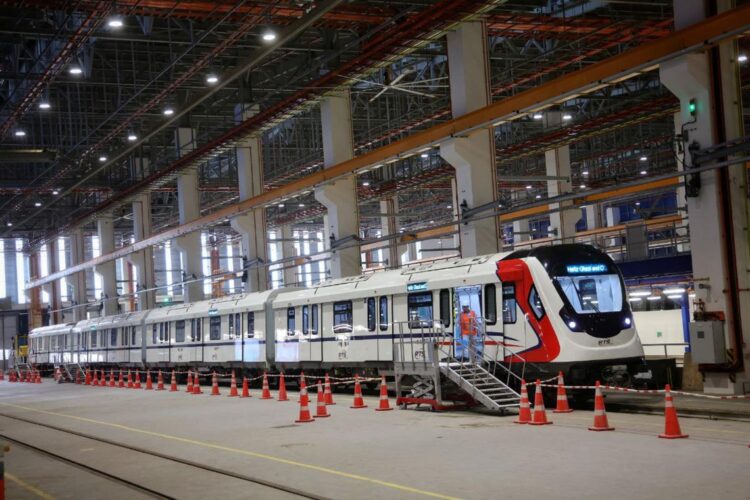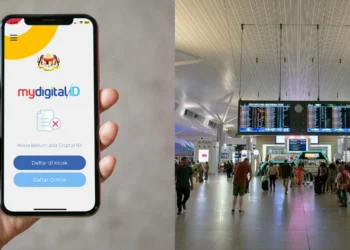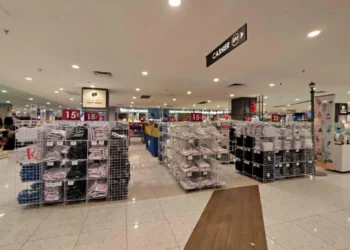A major milestone in cross-border transport was achieved today as Malaysia and Singapore officially unveiled the first Rapid Transit System (RTS) Link train, set to connect Johor Bahru and Singapore. The driverless four-car train was presented at the newly built Singapore Rail Test Centre (SRTC) in Tuas, where it will undergo extensive testing ahead of the services scheduled opening in 2026.
The event was attended by high-ranking officials including Singapore’s Transport Minister Jeffry Siow, Malaysia’s Transport Minister Anthony Loke and Johor Menteri Besar, Datuk Onn Hafiz Ghazi. The showcase marks a step forward for the much anticipated 4km cross-border rail project aimed at easing congestion at the Causeway and strengthening regional connectivity.

Engineering Meets Diplomacy
In his remarks, RTS Operations (RTSO) Chairman Datuk Khairil Anwar Ahmad highlighted. that the RTS Link is not just an engineering achievement, but also a symbol of the growing relationship between Malaysia and Singapore.
RTSO, A joint venture between Malaysia’s Prasarana and Singapore’s SMRT is overseeing the construction and will later manage the operations of the RTS Link. As of June 2025, overall system installation has reached 56% completion. This includes significant progress in track laying and power system development, with full track installation expected to be completed by the end of July.
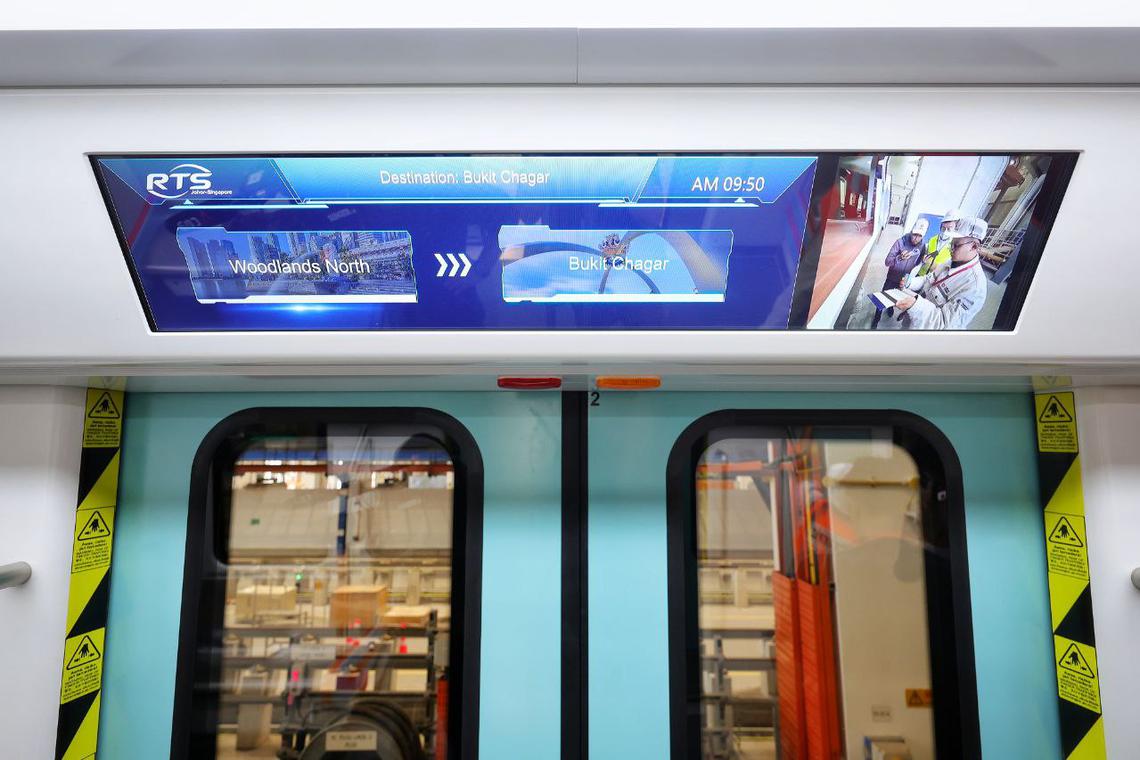
The train unveiled today is one of eight being built by China’s CRRC Zhuzhou Locomotive. Each four-car unit measures 76.5 metres and is capable of transporting up to 1,087 passengers at full capacity, with an optimal load of 607. The vehicles are designed for both high volume and inclusive access.
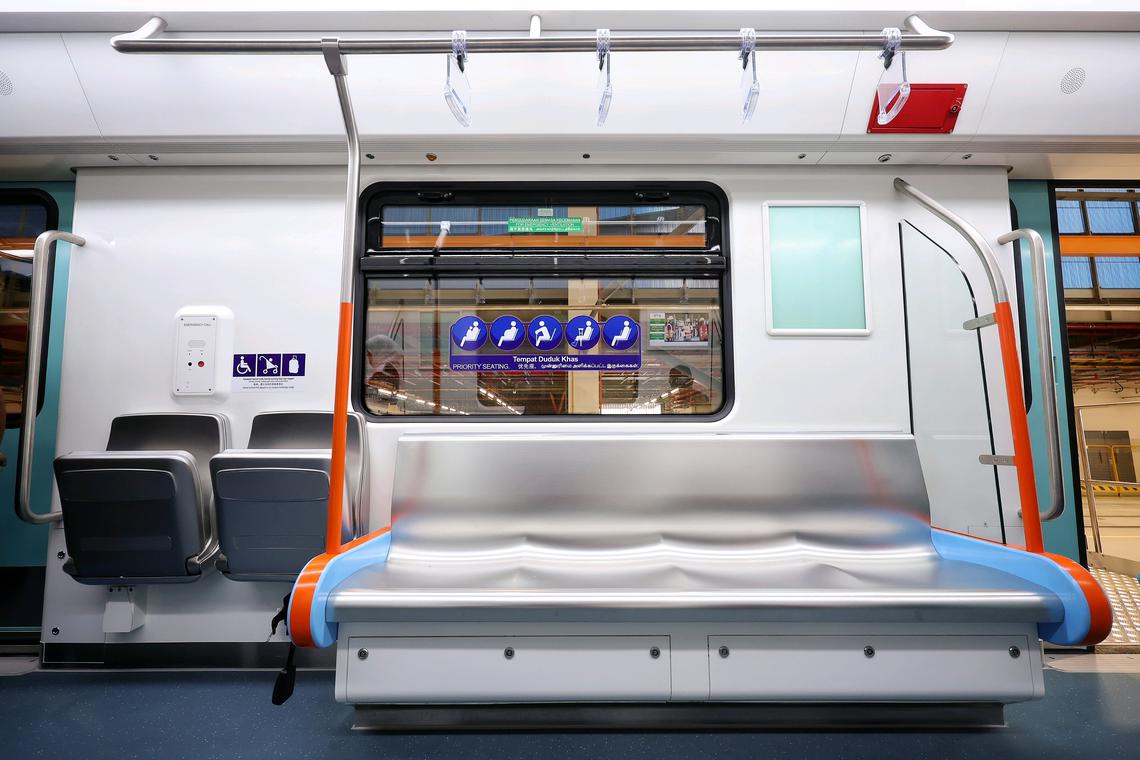
Each car includes 32 seats, four of which are foldable to accommodate wheelchairs, strollers, or luggage. Notably, the trains are equipped with hearing induction loop systems, making them the first rail vehicles in either country to transmit public announcements directly to hearing aids.
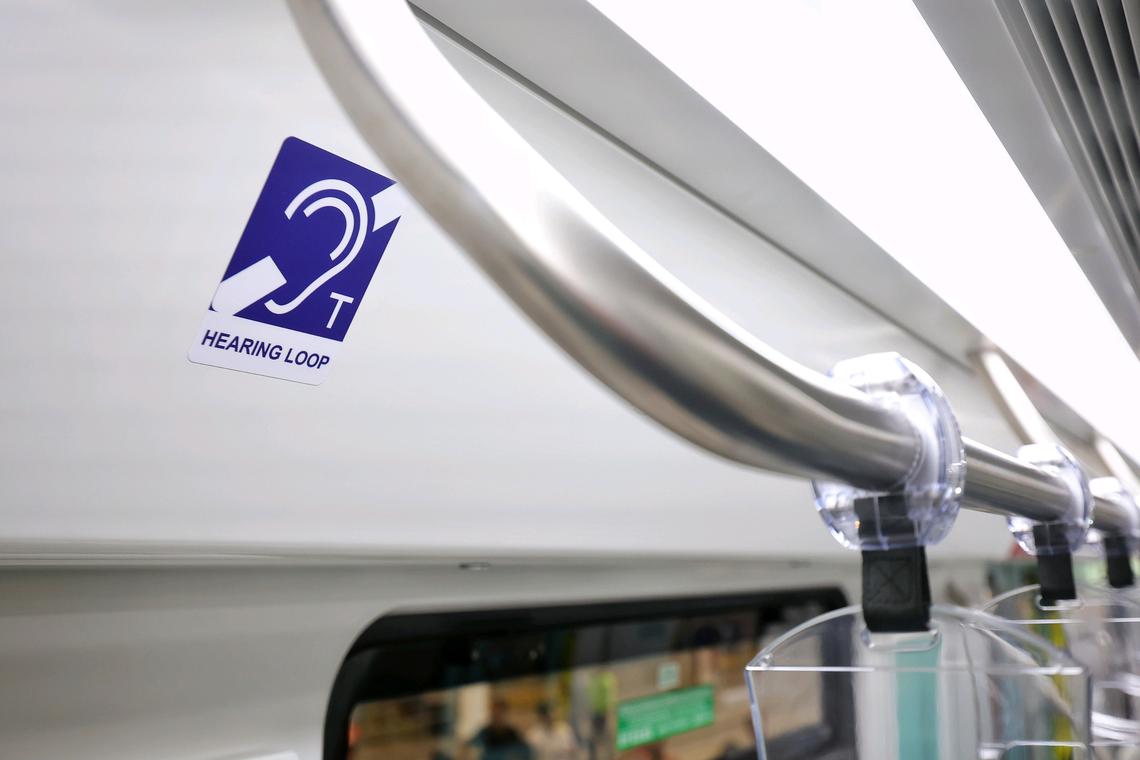
Passengers safety and comfort are at the core of the design. Features include:
- Emergency call buttons and red manual door hatches (only operable when the train is stationary and facing emergency walkways)
- Smoke and fire detectors
- Fresh air ventilation via openable windows.
Rigorous Testing Timeline
Testing at the SRTC will assess the trains integration with essential rail systems including signaling technology and platform screen doors. This phase is projected to conclude by the late 2025.
Following that, service simulation trials will be conducted on the actual RTS Link Line, stretching between Woodlands North in Singapore and Bukit Chagar in Johor Bahru, running through to the third quarter of 2026.
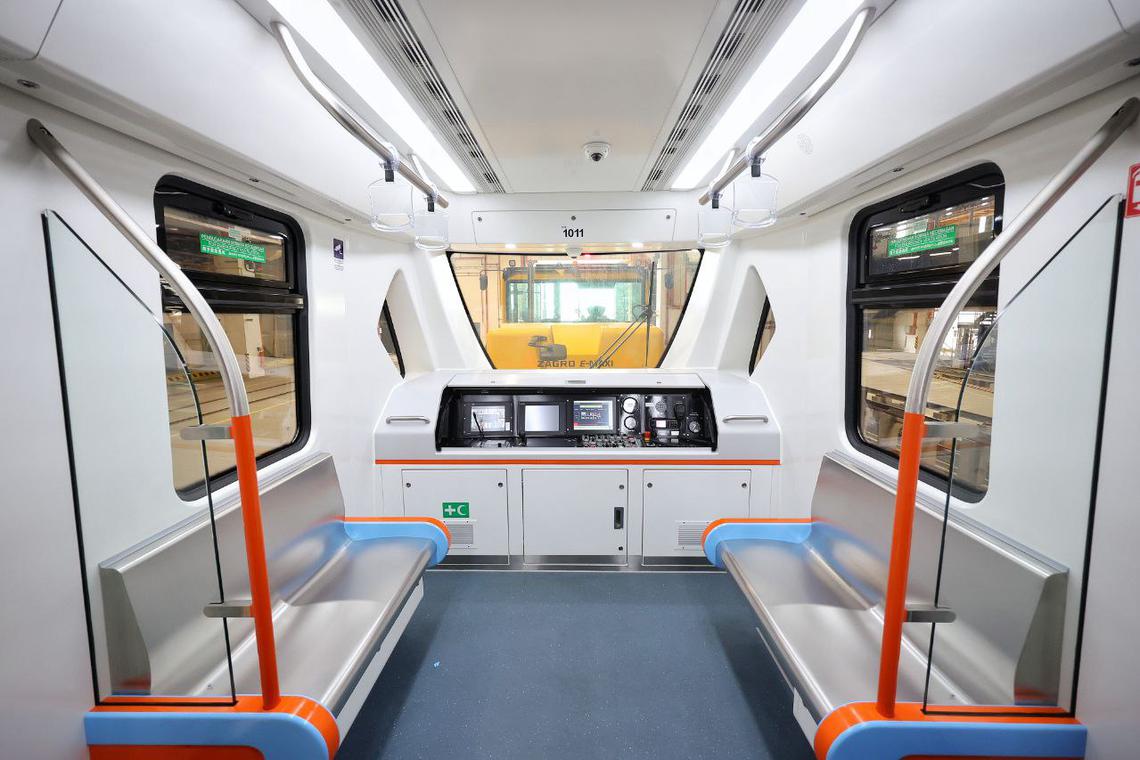
While one train undergoes testing in Tuas, four more are currently being assembled at CRRC’s Batu Gajah facility in Perak, with the remaining three to follow. Once completed, all will be delivered directly to Johor’s Wadi Hana depot for further system integration and checks.
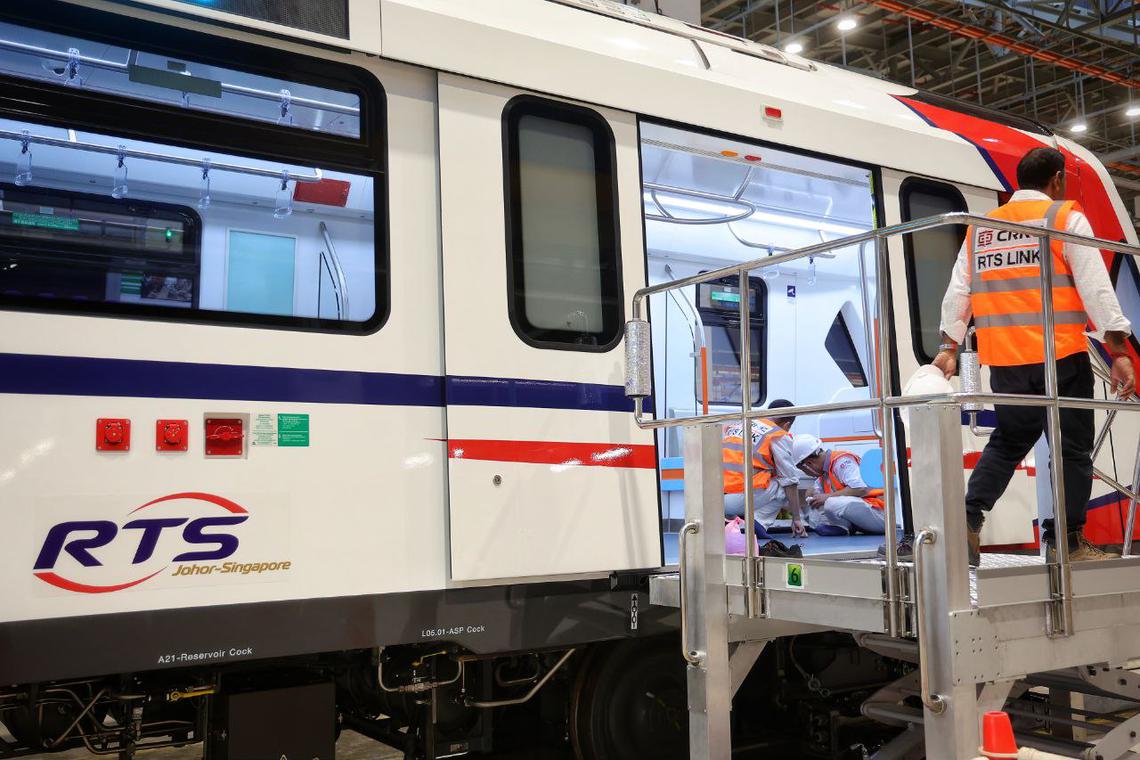
When fully operational, the RTS Link trains will run at speeds of up to 80k/h, facilitating the travel of up to 10,000 passengers per hour in each direction. The system is expected to drastically cut travel times and provide a seamless alternative to daily cross-border road traffic, currently burdened by heavy congestion.
Sources: The Straits Times, MalayMail
Follow us on Instagram, Facebook or Telegram for more updates and breaking news.


